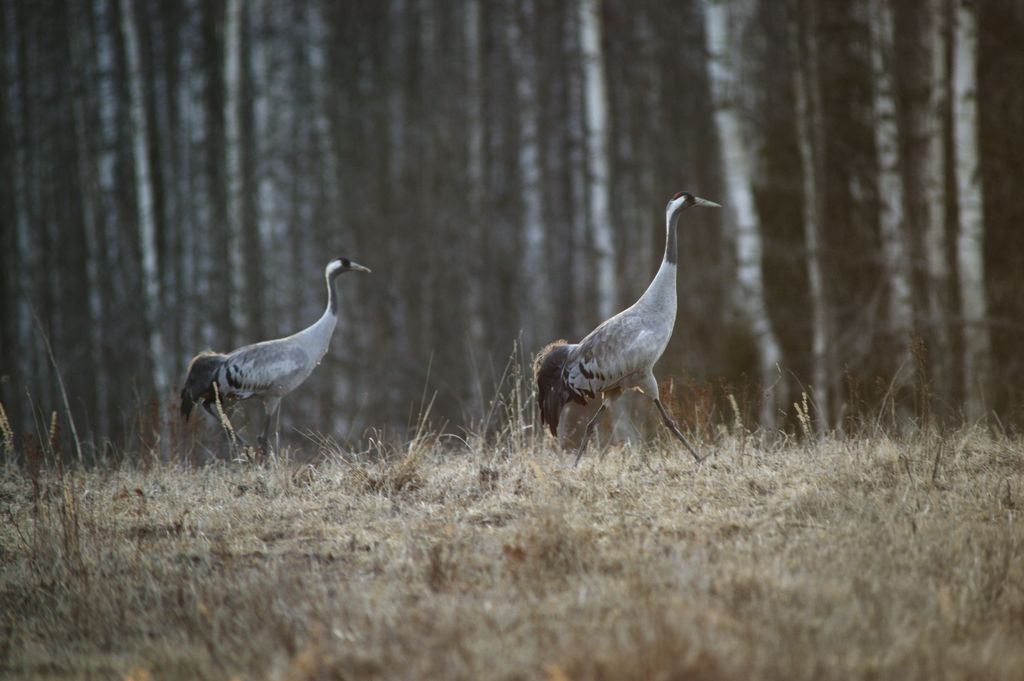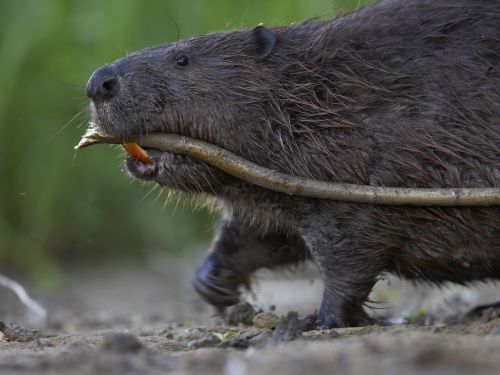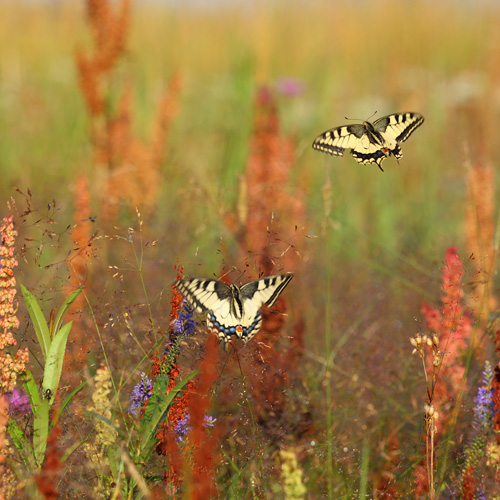In Estonia, spring arrives at different times in different years. There are years, when the first harbingers of spring—the butterflies—appear already at the beginning of March, while years, when spring arrives only during the last ten days of April are not rare either. Nevertheless, the middle of April should make butterfly enthusiasts happy about the arrival of the first harbingers of spring.
Among the first butterflies, we can come across species that have shaped their life cycle during evolution so that they overwinter in the imago stage. This gives them the opportunity to be the first ones to visit the first flowers that come into bloom and lay the foundation for next generations, the caterpillars of which need enough feeding time so as to develop into beautiful butterflies in the second half of summer (July or August) and to find a suitable place for overwintering.
Several species of the Nymphalidae family (brush-footed butterflies) overwinter here in Estonia.
The most common spring butterflies in Estonia that can be found all over Estonia from early spring to autumn is Small Tortoiseshell (Aglais urticae) of the genus Aglais. In Estonia, Small Tortoiseshell is capable of having up to three generations in a year when conditions are favourable. Another common species that can be found in spring is Peacock Butterfly (Inachis io) of the genus Inachis. It has been noticed in the case of both species that their populations tend to decrease considerably during very cold or harsh winters. However, both species have so far been able to restore their populations quite quickly. The winters of 1979/1980 and 1985/1986 were harsh for the butterflies.
In Estonia, Peacock Butterfly has been elected butterfly of the year 2014 and photography enthusiasts will probably have the chance to enter their photos into the photo competition Looduse Aasta Foto (Nature Photo of the Year) under the butterfly-of-the-year category.
Camberwell Beauty (Nymphalis antiopa), who is one of the three species that belong to the genus Nymphalis (Tortoiseshells) and is a permanent resident in Estonia, can also be seen in early spring, but not in such quantities as the previous species. The other two species belonging to the genus Nymphalis are Scarce Tortoiseshell (Nymphalis xanthomelas) and Large Tortoiseshell (Nymphalis polychloros), who have historically occasionally migrated here and whose populations have settled down here for a short period of time (e.g., Nymphalis xanthomelas from 1925 to 1928, 1982 to 1987, and 2012 up to now). The first warm days of spring will show how they survived the winter of 2013/2014.
So far, two species of the genus Polygonia (Commas) have been seen in Estonia. Of those species, False Comma (Polygonia vau-album) rarely occasionally migrates here while Comma (Polygonia c-album) is common in Estonia but comes out somewhat later than the other species mentioned above–only after the snow has thoroughly melted. The reason for this is its habit of overwintering on the ground.
Both the Red Admiral (Vanessa atalanta) and Painted Lady (Vanessa cardui) species of the genus Vanessa migrate to Estonia or overwinter here. Painted Lady, however, most probably migrates to Estonia in early spring.
The only species of the genus Goneopteryz (Brimstone butterflies) of the Peridae family that overwinters in Estonia is Common Brimstone (Gonepteryx thamni), who can be seen together with Small Tortoiseshell and Peacock butterfly already when warm weather first arrives and it is believed that they show whether there will be a colourful or golden summer.
These are the spring butterflies in Estonia that we can see after warm weather arrives in early spring (March and April).
Allan Selin







